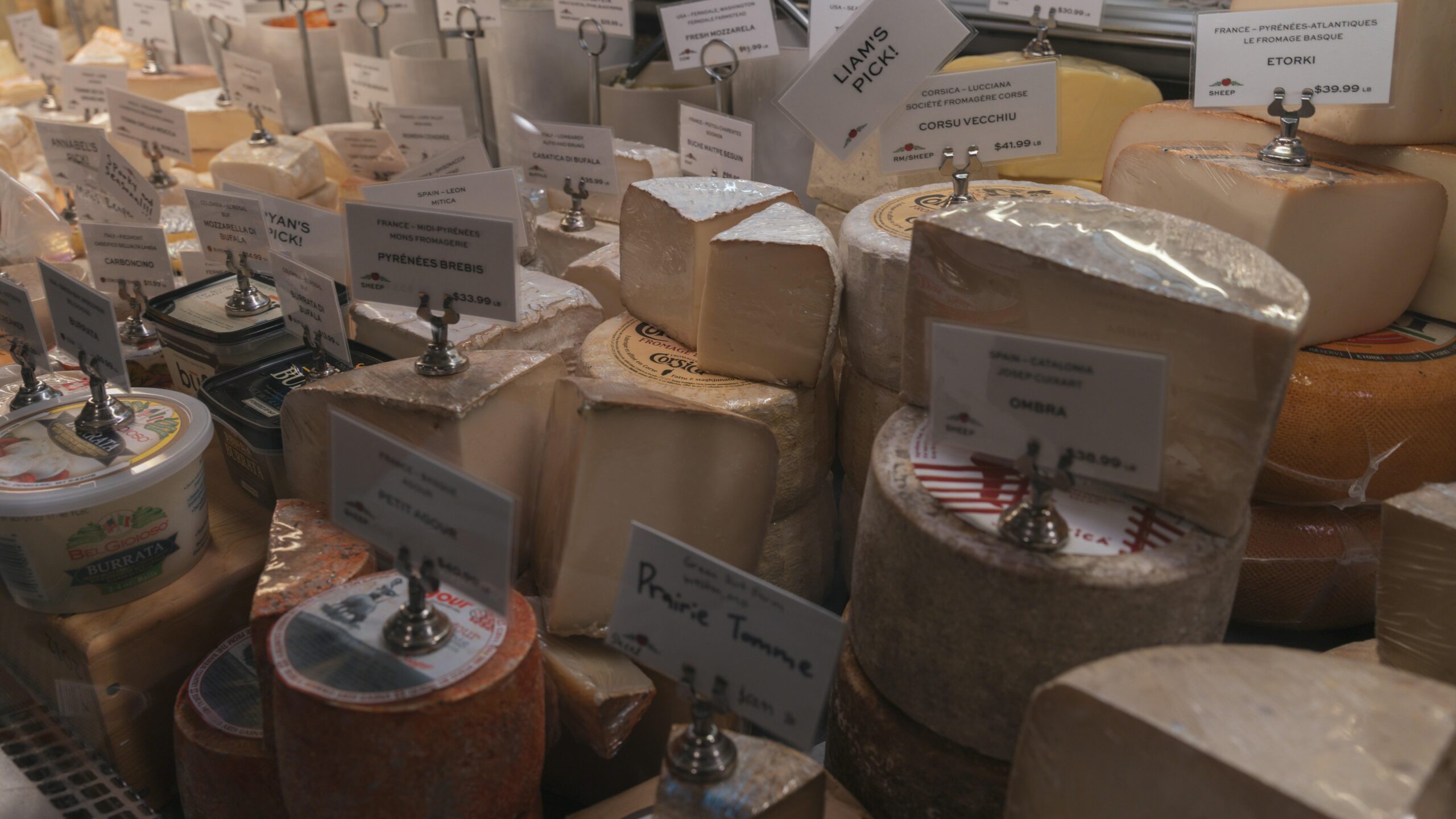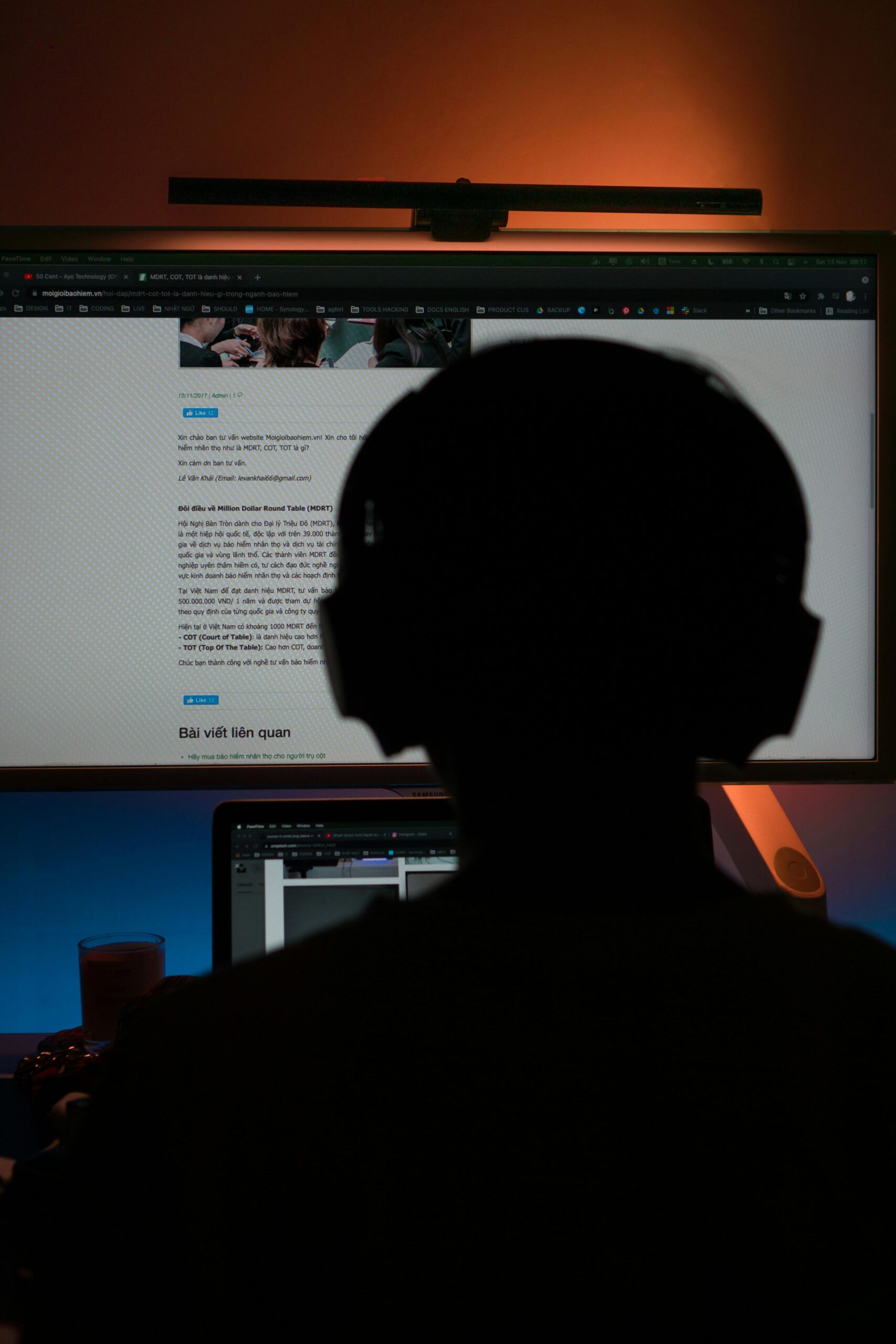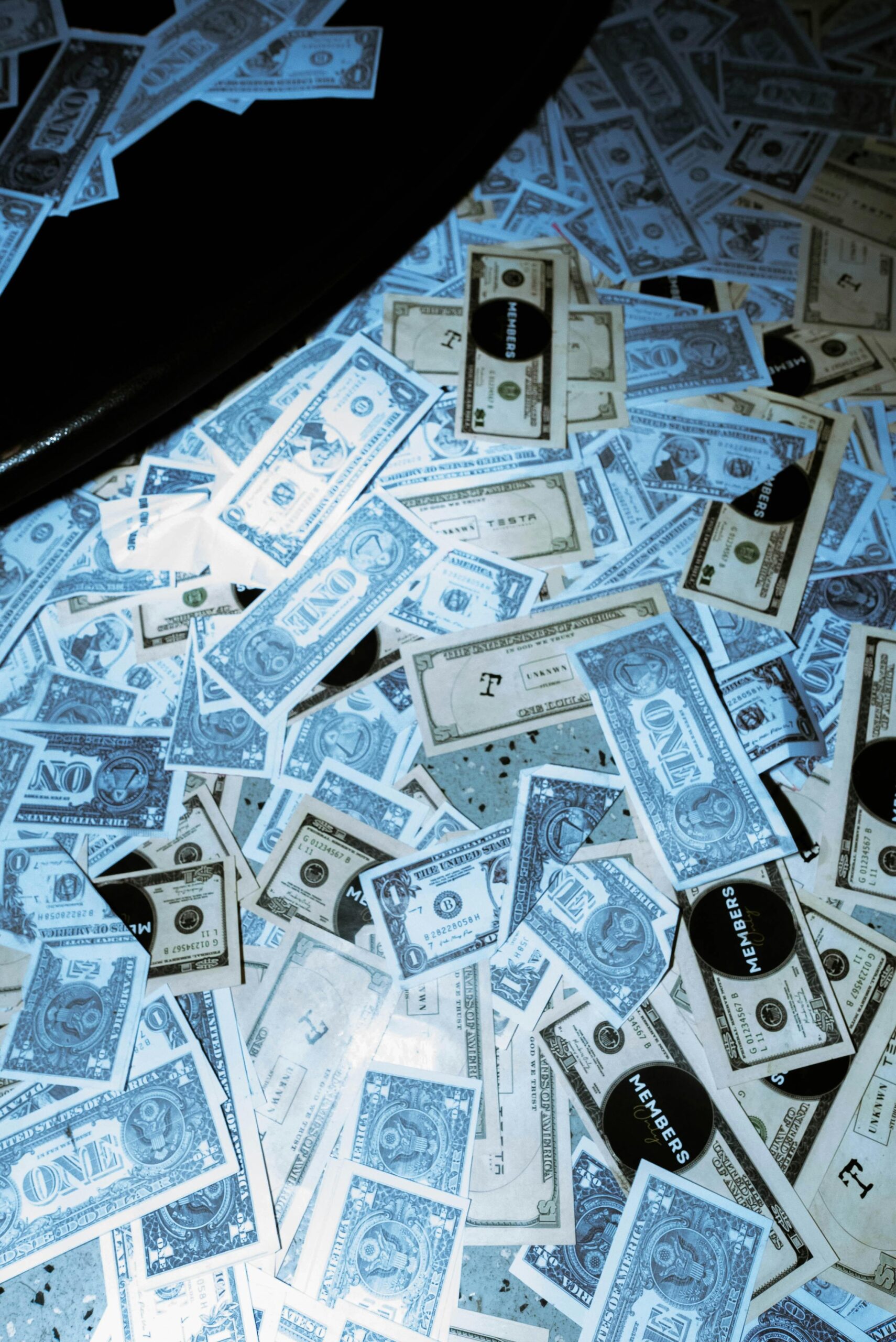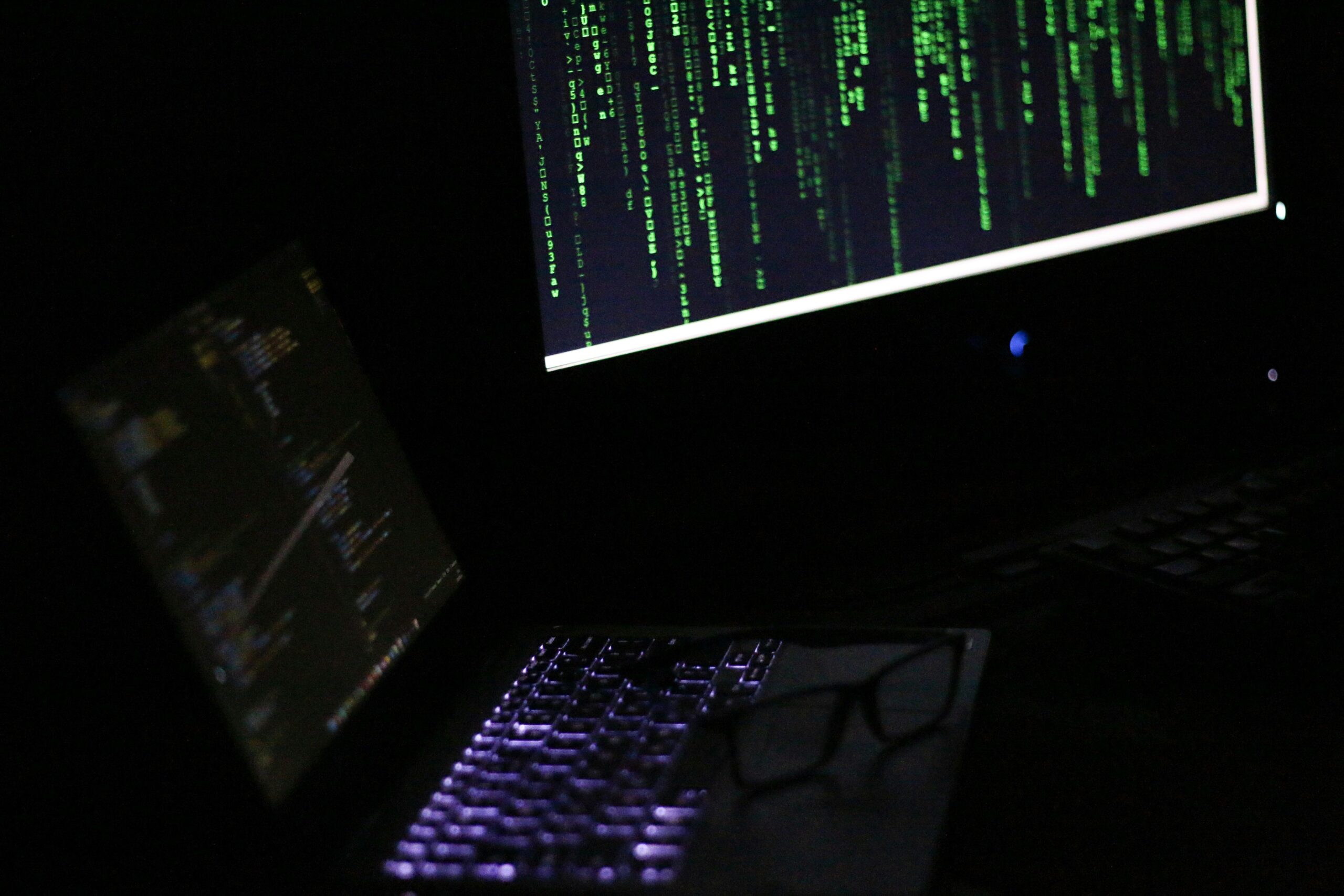Have you ever wondered where that knockoff designer bag or bootlegged movie really comes from? It turns out, behind many fake goods and piracy trends lies a shadowy world of organized crime, working tirelessly to meet demand and turn huge profits. This underground network doesn’t just create counterfeit products—it fuels an entire economy built on deception, innovation, and exploitation. Let’s dive into how these criminal organizations drive the spread of fake goods and piracy, and why this tricky problem is much bigger than you might think.
Table of Contents
- The Hidden Networks Behind Counterfeit Empires
- The Impact of Fake Goods on Global Economies and Consumers
- How Technology is Both a Tool and a Weapon for Organized Crime
- Strategies to Combat Piracy and Protect Authentic Brands
- To Wrap It Up
The Hidden Networks Behind Counterfeit Empires
Behind the glossy facade of luxury handbags and the latest tech gadgets lies a web of ingenious operations orchestrated by organized crime. These networks don’t just manufacture counterfeit products — they operate sophisticated transit routes, laundering money and corrupting officials along the way. Their reach extends far beyond local markets, intertwining with global logistics in an elaborate dance that evades law enforcement and fuels underground economies. From hidden factories tucked away in industrial zones to digital storefronts on the dark web, these infrastructures are designed to thrive unnoticed.
What truly separates these empires from typical counterfeit sellers is their strategic use of technology and human resources. They deploy:
- Encrypted communication channels to coordinate international shipments
- False documentation to disguise origins and ownership
- Bribery networks to bypass customs and regulatory scrutiny
Their ability to adapt swiftly to regulatory crackdowns and consumer trends keeps them one step ahead, making the counterfeit trade not just a problem of fake goods, but a thriving criminal ecosystem in disguise.
The Impact of Fake Goods on Global Economies and Consumers
Counterfeit products, often flooding markets under the radar, ripple out devastating economic consequences that reach far beyond mere lost sales. These fake goods siphon billions of dollars annually from legitimate businesses, stifling innovation and reducing government tax revenues essential for public services. Moreover, the proliferation of counterfeit markets precipitates increased unemployment as genuine brands struggle to sustain operations in an environment distorted by cheap imitations. This underground economy not only cuts into profits but also encourages a shadow network of distributors and suppliers who thrive on exploiting regulatory loopholes and minimal oversight.
The consequences for consumers are just as alarming, intertwining safety risks with financial losses. Fake goods, masquerading as trusted brands, often bypass quality controls, leading to hazardous outcomes—especially in sectors like pharmaceuticals, electronics, and automotive parts. Shoppers fall victim to these deceptive practices, unknowingly purchasing inferior or even dangerous products that undermine confidence in the marketplace. Some key concerns include:
- Health and safety hazards: Non-compliant products may contain toxic materials or fail crucial safety standards.
- Wasted consumer spending: Fake goods usually have shorter lifespans, forcing repeat purchases.
- Fostering illicit networks: Profits from these sales often fund organized crime activities beyond just piracy.
How Technology is Both a Tool and a Weapon for Organized Crime
Technology has irrevocably reshaped the landscape of illicit activities, transforming traditional organized crime into a far more sophisticated and elusive beast. Cyber tools, encrypted messaging apps, and darknet marketplaces have become the go-to instruments for traffickers of counterfeit goods and digital piracy. These digital platforms expand the reach and amplify the speed at which fake products proliferate, blurring lines between legitimate and illicit trade. Criminal networks manipulate algorithms and exploit vulnerabilities in e-commerce infrastructures to flood markets with counterfeit luxury items, pharmaceuticals, and electronics — often indistinguishable from the real deal at first glance.
Yet, technology is no mere facilitator; it also acts as a double-edged sword, posing critical challenges to organized crime groups themselves. Law enforcement agencies leverage advanced data analytics, AI-driven surveillance, and blockchain forensics to track down counterfeit supply chains and piracy networks. The interplay between these forces can be summarized as:
- Weaponization: Exploiting anonymizing tech for stealth and global reach
- Tool: Using digital payment systems and social media to build wider consumer bases
- Countermeasure: Facing AI-powered detection systems and coordinated international crackdowns
This dynamic tension keeps pushing both sides in a relentless game of cat and mouse, fundamentally changing how counterfeit and pirated goods permeate our global markets.
Strategies to Combat Piracy and Protect Authentic Brands
In the relentless battle against counterfeiters, businesses must embrace a blend of innovation and vigilance. Deploying advanced technology like blockchain for supply chain transparency not only authenticates products but also deters illicit intermediaries. Implementing smart labels and QR codes empowers consumers with instant verification tools, turning each buyer into a frontline brand protector. Moreover, forming strategic collaborations with law enforcement agencies and global customs enhances the interception of fake goods before they flood markets.
Equally crucial is cultivating a community that values authenticity through education and awareness campaigns. Brands that invest in storytelling and highlight the craftsmanship behind authentic products create a natural resistance to counterfeiting appeals. Encouraging consumers to report suspicious sellers through dedicated platforms fosters a sense of shared responsibility. Combined, these efforts weave a resilient network where genuine products and reputation can flourish despite the shadows cast by organized crime.
- Leverage AI-powered market surveillance to detect and act upon counterfeit listings online
- Establish rapid takedown protocols in partnership with e-commerce platforms
- Engage legal experts to navigate complexities of international intellectual property laws
To Wrap It Up
As we’ve seen, the shadowy world of organized crime doesn’t just stop at traditional illegal activities—it’s deeply entangled in fueling the booming trade of fake goods and piracy. From counterfeit luxury brands to pirated media, these illicit operations thrive on exploiting consumer demand while evading law enforcement efforts. Understanding this connection sheds light on the bigger picture behind the fake goods flooding markets worldwide. So next time you spot a deal that seems too good to be true, remember there’s often a complex, unseen network at play—one that’s reshaping how crime intersects with commerce in surprising ways. Stay curious, and keep questioning what’s really behind those tempting bargains!











